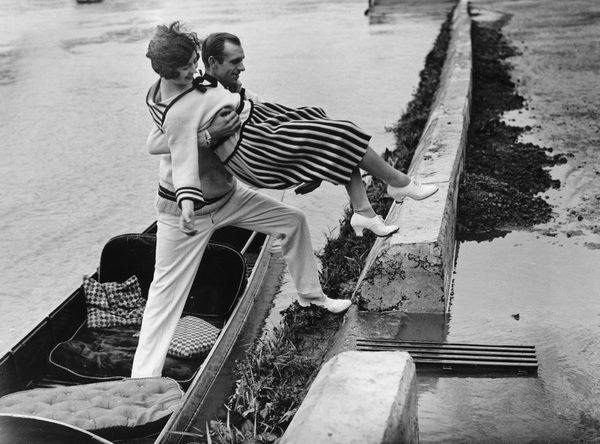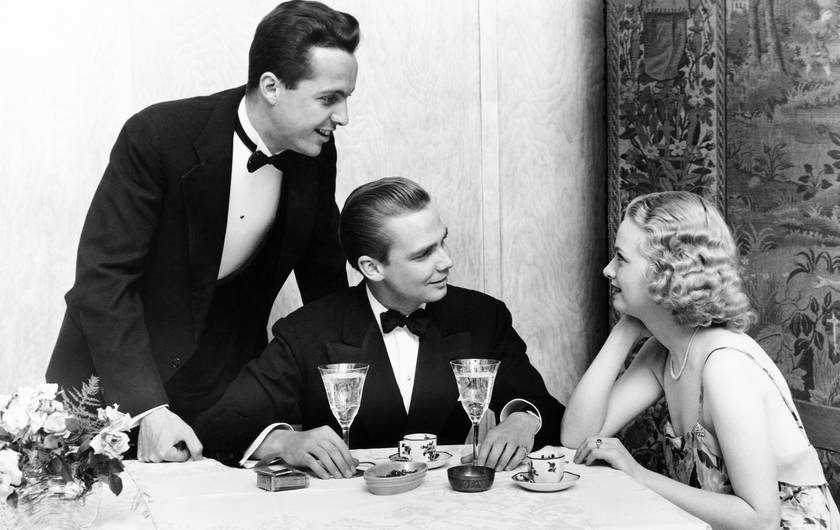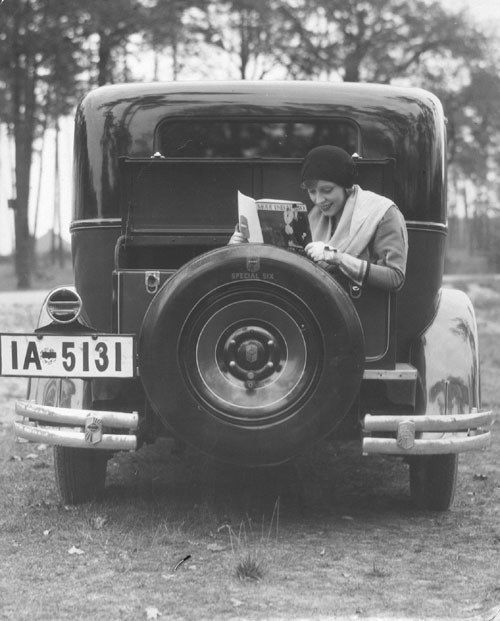Dating Replaced Courtship During Prohibition
Scroll to read more




Dating Replaced Courtship During Prohibition
The brutal experience of World War I prompted a generation of American men and woman to ponder new ways to live their lives. The changes in societal attitudes would be most profound among young women, who challenged the restrictions that had been placed on their behavior by 19th century Victorianism. One of the emerging revolutions that exploded into the mainstream during the Prohibition era was dating by single young men and women without an adult chaperone or escort.
Two constitutional amendments following the war played important roles in this revolution. The first was the 18th Amendment, which prohibited the making, transporting and selling of alcoholic beverages. The second was the 19th Amendment, which gave women the right to vote.
While women felt newly empowered by voting rights, at the same time Prohibition created new underground clubs, known as speakeasies, where illegal alcohol was sold and consumed. Speakeasies replaced the traditional male-only saloon. Women were welcomed to take a seat at the bar among men as paying customers, and the mixed cocktail became the rage. It changed dating forever.
Speakeasies allowed for men and women to dance, mingle and drink as they expressed their individuality. Of course, women had been allowed to imbibe and socialize by themselves years before, but not in pre-Prohibition saloons, most of which were rowdy, dirty joints meant only for men. Women who crossed that line were looked upon unfavorably. But with Prohibition, speakeasies – hidden and secret, adding to the appeal and excitement — were found all over the United States.
New ways of thinking about unmarried sexual relations entered the mainstream of American life. One survey found that 34 percent of women who came into adulthood in the 1910s and 1920s reported losing their virginity before marrying, while only 14 percent of women born before 1900 said they had had premarital sex by age 25. The “New Woman” bent the rules against what her elders considered “ladylike” in dress, cosmetics and personal conduct. More women were gaining independence from their parents to do what they wanted – by 1929, about half of single women held down jobs.
In this rapidly changing time, dating replaced “courtship.” Dating was casual while courting was a process meant to lead to marriage. Dating gave men the opportunity to ask a woman out for a private rendezvous, moving dating out of the home and into the public sphere.
New technologies enjoyed by the new generation, such as enclosed automobiles, record players and the telephone, were also a factor in this revolution. These gadgets promoted socializing, driving in a car – what some alarmed parents considered “the Devil Wagon” — together on dates to restaurants, movie theaters and speakeasies.
In the early ’20s cars had open-air bodies that bared passengers to the outside world, but a few years later manufacturers developed closed-body cars, hiding passengers from prying eyes. Cars struck a chord with young men and women because they promoted freedom and allowed them an escape from chaperones. These couples, or “snuggle pups,” found the car to be a convenient getaway from many situations, including dances where they could leave whenever they wished. Parents and chaperones worried about the morals of those found necking in the back seat. Speakeasies gave couples a place to go alone together to drink, perhaps listen a jazz band and do one of the dance crazes of the time, such as the Charleston.
Trains also were a fashionable mode of transportation during the Prohibition era. The upper and middle classes took advantage of the trend offered by The Pullman Company, which operated dining, lounge and ballroom cars with live bands, creating the perfect situation for socializing.
The growth of cities during the Prohibition era was another influence on dating. The 1920 census revealed the passing of a milestone when 51 percent of the population now lived in cities of 2,500 people or more and most in larger cities of more than 100,000 people. Many new urban dwellers were women fleeing the isolation and limitations of rural and farm life. As more people moved to cities, they lived in closer association with others, and were more likely to meet new people.